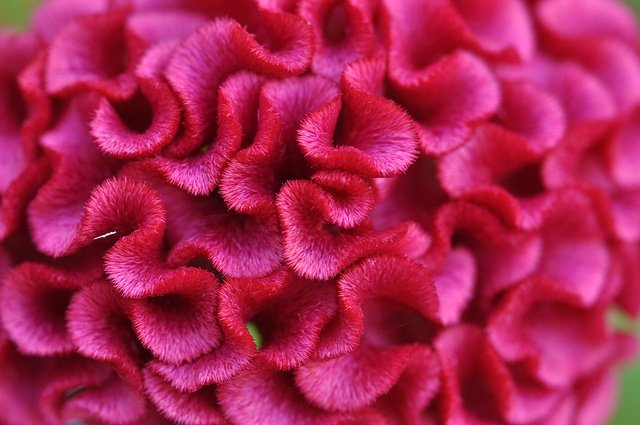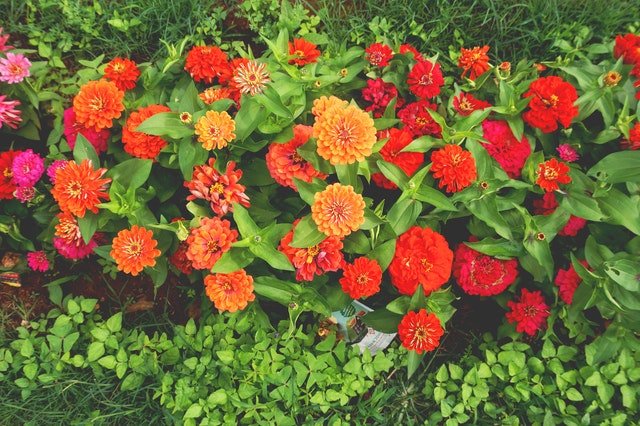Keys Takeaways
- Snowdrops spread through bulb offsets and seed dispersal. Human encouragement focuses on bulb division, favorable site conditions, and aiding seed dispersal.
- Bulb offsets can be divided every 2-3 years in midsummer when the foliage has died back. Replant offsets 2 inches deep and 3 inches apart.
- Choose sites with rich, moist soil that retains moisture but allows drainage. Areas with some shade but good early sunlight are ideal.
- Remove competing plants and enrich and cultivate soil if needed to improve conditions. Top dress annually.
- Allow established plants to go to seed and scatter seed manually to expand snowdrop presence.
Table of Contents
Why Encourage Snowdrops to Spread Further

Snowdrops offer early-season white blooms signaling winter’s end. Encouraging them to spread provides:
- Extended flowering period over more garden real estate
- Larger drifts offer higher visual impact and planting design opportunities
- Expands early season pollen and nectar for pollinators emerging from hibernation
- Potential to colonize larger areas of the garden over time
- Personal satisfaction of aiding the natural progression of a delightful plant
Bulb Division Method for Snowdrop Spread
The primary means through which snowdrops spread is the gradual division of bulbs underground over time. Each mature bulb produces small bulb offsets that can be detached and replanted.
By manually dividing snowdrop clumps every 2-3 years in midsummer, the gardener exponentially accelerates natural propagation rates. This allows rapid expansion of snowdrops in desired garden beds and borders.
To bulb divide snowdrops:
- Identify established snowdrop clumps that are large enough to divide and are sited appropriately
- Wait until foliage has died back (midsummer)
- Carefully dig up the entire clump trying to retain as many roots as possible
- Shake away excess soil and gently pull clump apart into smaller sections with bulbs
- Replant divisions 2 inches deep and 3 inches apart in prepared garden areas
- Water newly planted bulbs and mulch well with organic matter
Divisions will quickly re-establish and bloom nicely in the next winter season, creating more white blooms earlier over a wider area.
Ideal Timeframe
- Midsummer, after the foliage has fully died back
- Avoid periods of extreme heat and drought which jeopardize root establishment
Site Selection and Preparation
Choosing an optimal site and preparing the ground properly before planting snowdrop divisions significantly improves success rates and plant vigor.
Key site considerations:
- Rich, organic soil with good moisture retention but adequate percolation and drainage
- Areas with some shade but open enough for good sunlight in early spring
- Avoid competition from tree roots or aggressive plants when possible
When preparing a site:
- Test drainage and amend if necessary
- Remove competing plants
- Cultivate and enrich soil with copious amounts of organic matter
- Lightly firm and rake level prior to planting
Ongoing enrichment via annual top dressing maintains ideal conditions for snowdrops to thrive.
Aiding Snowdrop Seed Dispersal
If not deadheaded, snowdrops will happily go to seed. Ripe seed pods split to disperse seeds in nature. This leads to a random spread that is hard to control.
Gardeners can assist the process and expand snowdrops more efficiently by:
- Allowing select snowdrop plants to set seed pods
- Collecting ripe brown seed pods in early summer
- Manually dispersing seeds in prepared garden beds
This yields groupings or drifts of new snowdrop seedlings in locations of the gardener’s choice to augment divisions transplanted elsewhere.
For quick establishment, snowdrop plants started from seed may take 2-3 years to flower but planting from seed is an easy multiplication tactic.
Table summarizing key snowdrop propagation methods:
| Method | How Often | When | Effort Level |
|---|---|---|---|
| Bulb Division | Every 2-3 years | Midsummer after foliage dies back | Moderate |
| Seed Dispersal | Annually | Early summer once seed pods ripen | Easy |
Putting it All Together
A robust plan of attack for spreading snowdrops employs all of these techniques in tandem:
- Aggressive division on a 2-3 year cycle
- Yearly scattering of collected seed
- Diligent preparation of new snowdrop sites
- Careful record-keeping to track progress
Over a remarkably short time period, small initial snowdrop plantings can be transformed into sweeping drifts and borders that provide winter interest and welcome spring.
Conclusion
By understanding snowdrops’ natural propagation mechanisms and augmenting them through thoughtful human encouragement, snowdrops can be spread widely.
A gardener willing to do a bit of summer digging once established clumps are large enough will be rewarded with ever-expanding waves of early spring white blooms. An investment of effort that pays back double in jeweled snowdrop treasures and winter-weary soul revival.

Gardening is my passion and growing plants indoors has always been a stress relief for me. Grow a banana tree in my apartment once (although failed to produce bananas).






